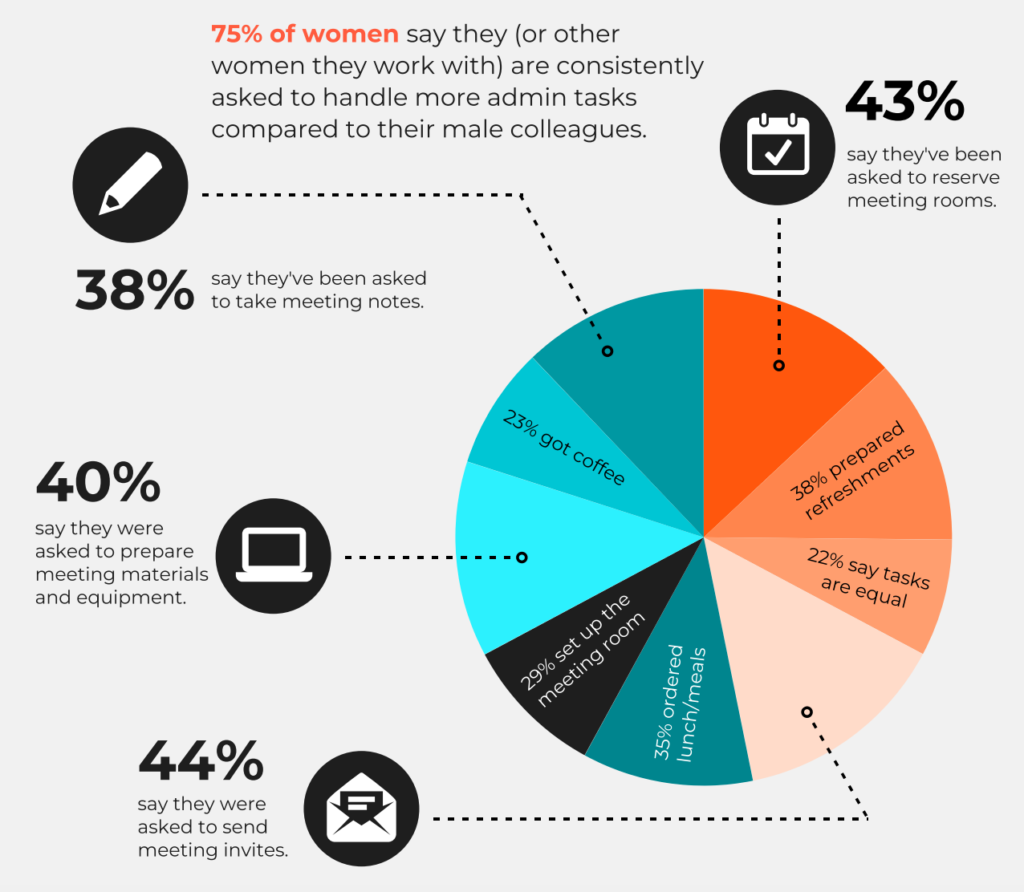When Researching Women In Tech, Don’t Forget About Minority Women And Don’t Just Chunk Us Together Either

Despite growing conversations about gender equality in tech, the numbers show that women are still undervalued, underrepresented, and discriminated against.
There’s no doubt that all women face challenges in the office – not just in tech or media but across the board in almost every field. Whether it’s sexual advances, belittling, lack of promotion, or microaggressions.
But – there’s been a growing number of research studies being published that fail to highlight the additional barriers faced by minority women and the other factors that may come into play such as class, education, and more.
While doing a study that factors in a lot of these things would take time and a lot of resources – it would be better to have a more holistic research study than one which may be a very generalized piece.
My frustration on this issue came after the release of a Navisite study. Their study was not the trigger per se as they aren’t the only ones to do very small and sometimes generalized pieces of work, however, it was the last study I saw before writing this piece.
To learn more about the experiences women are facing every day in tech fields, Navisite surveyed 100 women in the technology industry, two-thirds of which hold engineering or technical roles.

Navisite found that when it comes to that glass ceiling 64% believe there’s barely a crack in it or it has barely splintered, with only 2% believing it’s shattered.
Around 75% say that they or their female colleagues are consistently asked to handle more administrative tasks compared to their male counterparts, including being asked to send meeting invites, reserve meeting rooms or prepare refreshments.
Additionally, 86% of women say they’ve been accused of being too emotional, or are described with similarly gender-charged words in the workplace.
While 45% of women feel underpaid compared to male colleagues.
I had clicked on the research paper hoping to dive into the stats, read the case study, and hopefully, see that it had broken down the experiences of different women groups but failed to do so. This could have been due to resources, a lack of diverse candidates, or simply because they’re planning to do wider research on this – who knows.
It is also worth being transparent in research. While two women might feel underpaid one might be earning $40K a year while the other earns $90K and while both are being underpaid compared to men – it’s clear one woman is being underpaid compared to the other.
I was curious as to how much each woman in the survey was paid and whether there were discrepancies between them as well.
Situations like these are actually not a rare phenomenon. We’ve heard countless times about white women in cooperate industries getting paid far more than minority women and so when we discuss the gender pay gap we must also discuss the pay gap between women and how sometimes some face more barriers than others.
Or a situation a bit closer to home for some – we’ve heard about how Black social media influencers were getting paid far less than their white counterparts and yet social media is a ‘women dominated’ sector.
If we dig even deeper – some people even find the word ‘BAME’ problematic because while Black and Asian women face similar challenges – there are some things an Asian woman will endure that I simply will not be able to relate to and vice versa.
When 24-year-old Nicole Miners first heard the term – which stands for black, Asian and minority ethnic – she was at drama school.
“Being a British East Asian actor, or just a person, this was something that really aggravated me,” she told the BBC. “The ‘A’ in ‘BAME’ means Asian, which, in itself, is a very broad term. Does it mean ‘South Asian’, ‘East Asian’, ‘South East Asian’, ‘Indian’, ‘Pakistani’, ‘Chinese’, ‘Thai’, ‘Vietnamese’? The list goes on.
“It misleads people into thinking that everyone who isn’t white English should come under the term ‘BAME’. And on top of that, I’m mixed, which, for me, is even more confusing.”
This isn’t necessarily an attack on Navisite – as I’m sure they have other research that may dig a bit deeper – but this is merely a piece that is centered around the frustration of seeing women put into one big group when actually there’s much more than the general picture or stats that are frequently presented.
It’s more of a piece that hopes to encourage researchers to go a step further if they really want to support all women.
Reach out on @abbiancaMak if you'd like to discuss this issue further, comment or be interviewed about your startgup, career journey or all things tech, VC and business.



